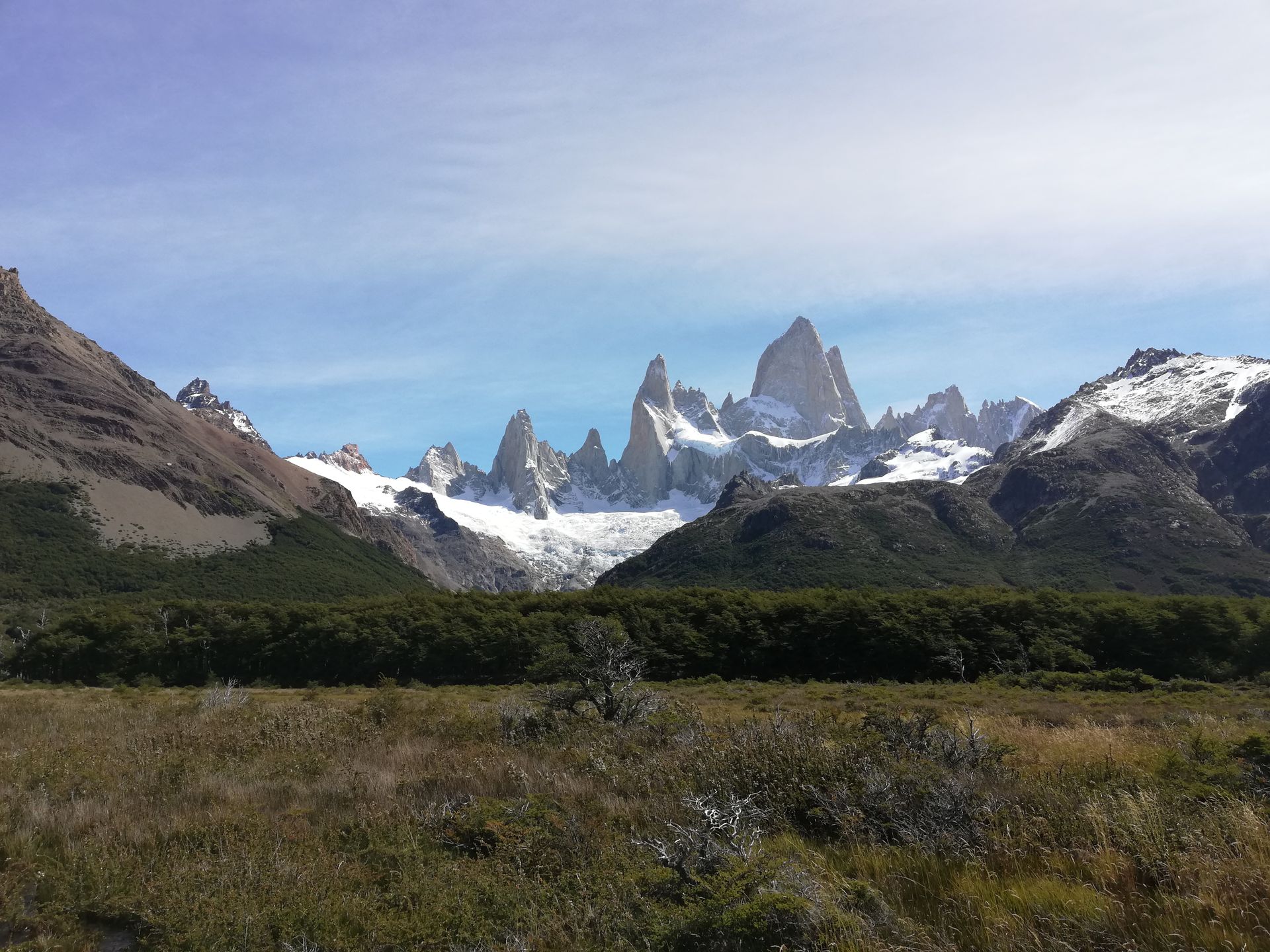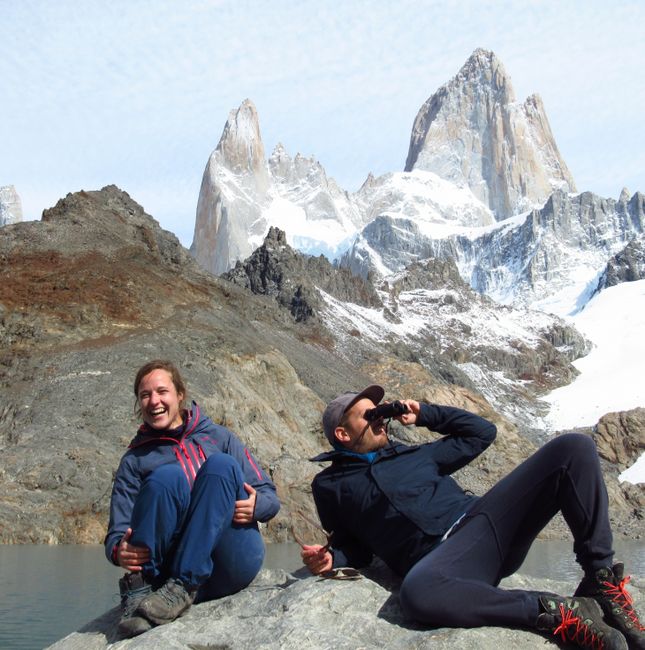F: Araucanía
प्रकाशित: 22.01.2020
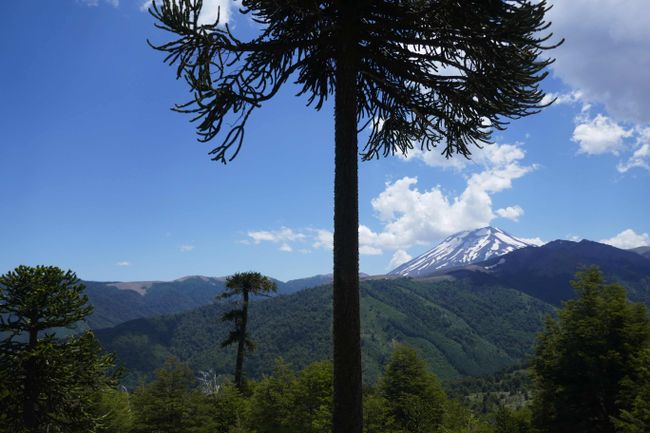
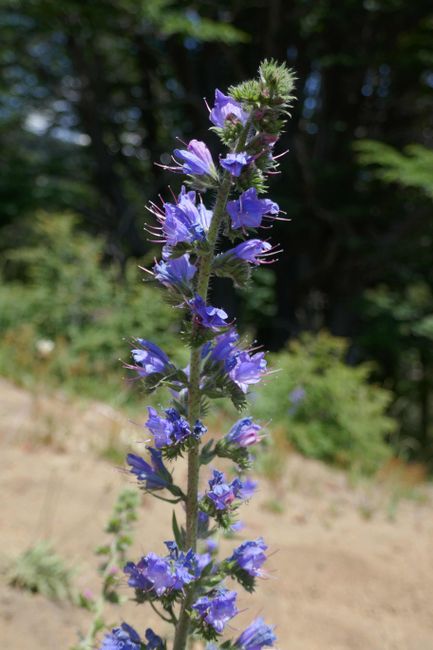
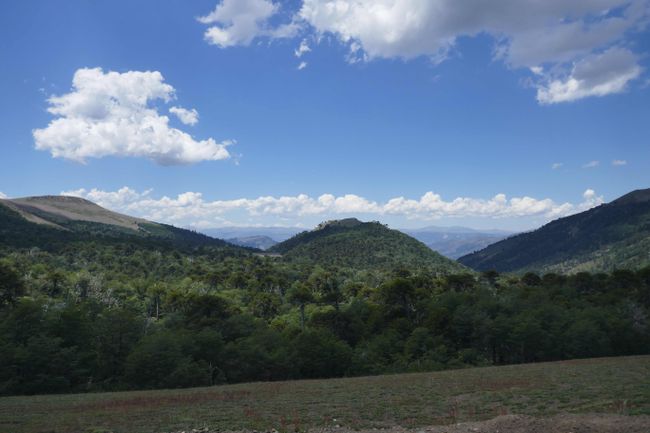
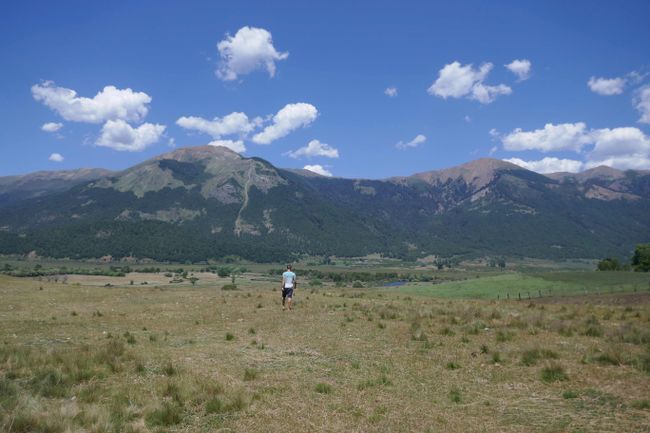
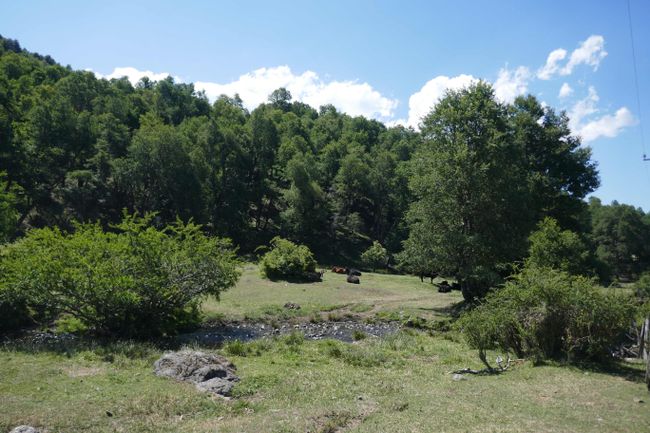
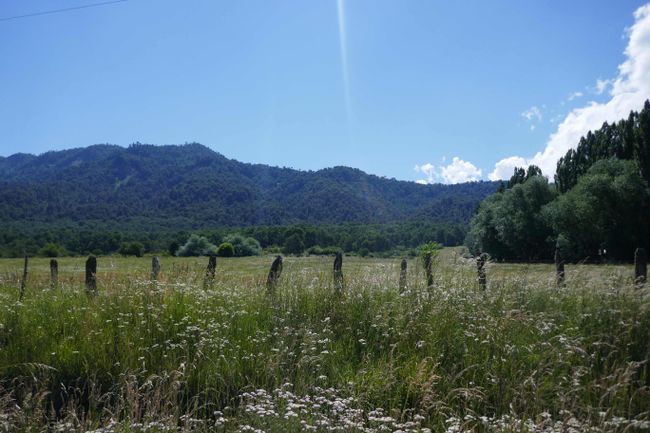
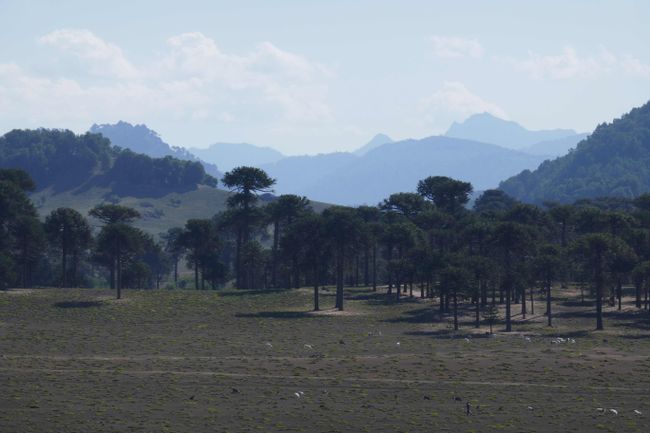
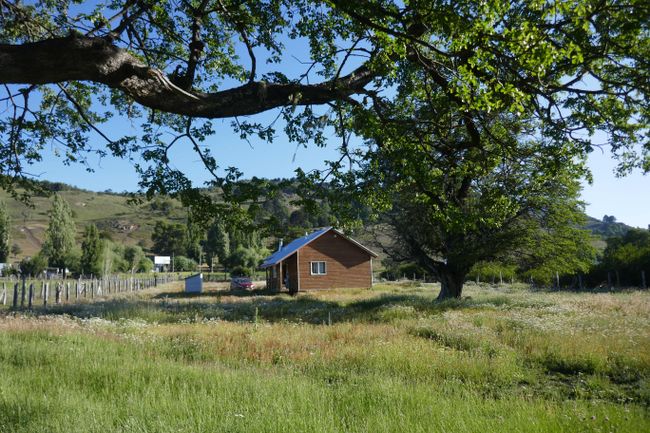
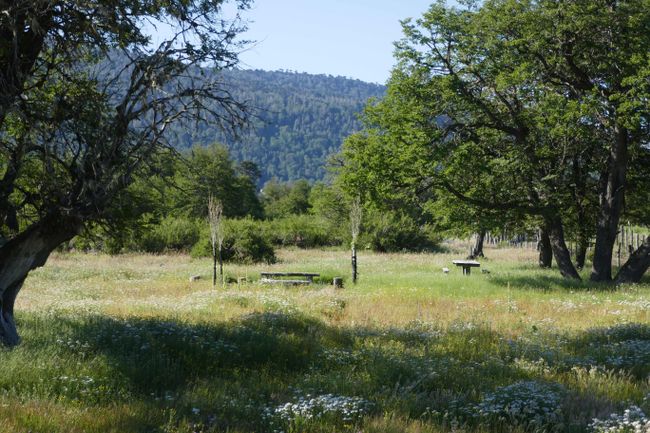
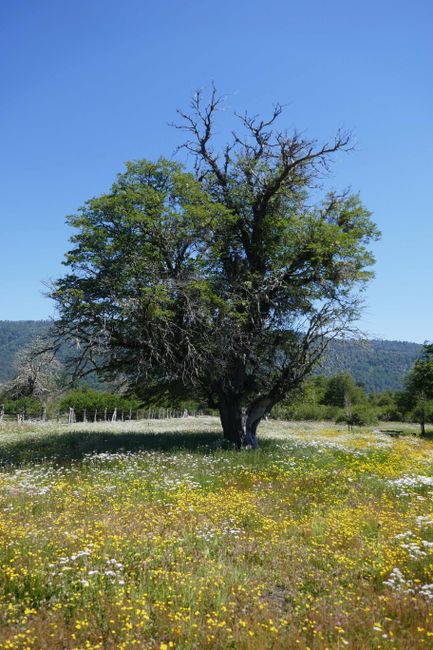
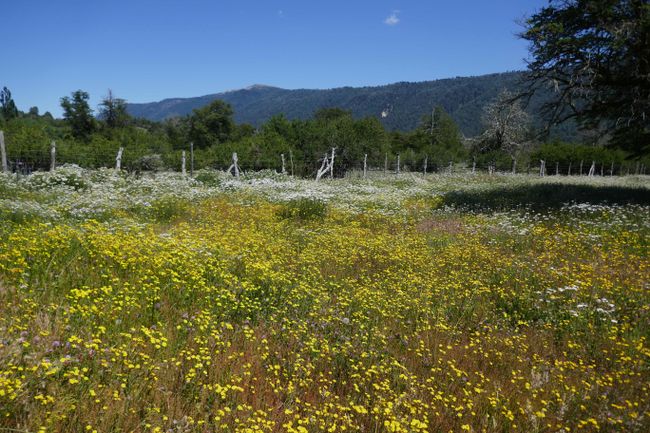
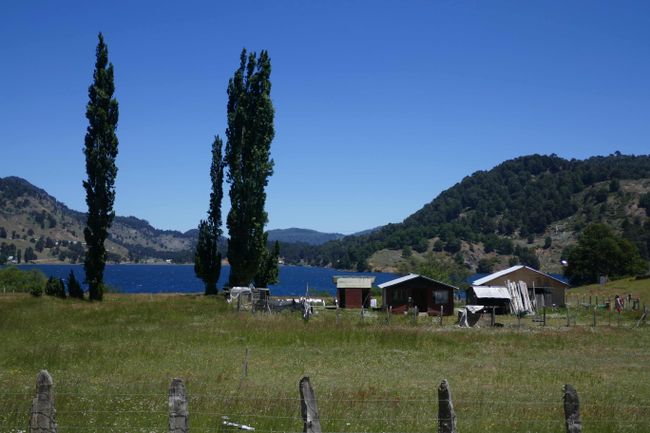
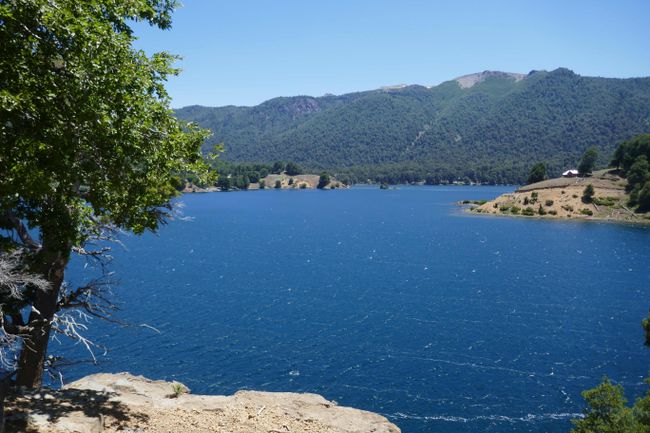
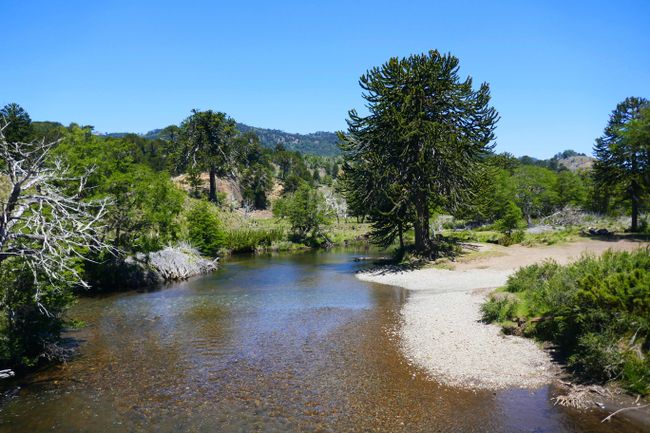
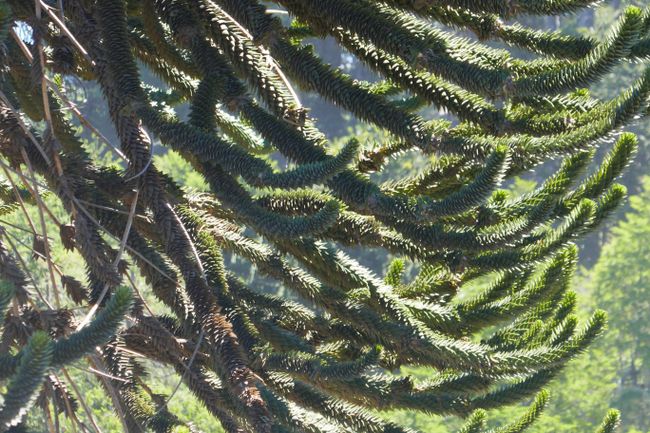
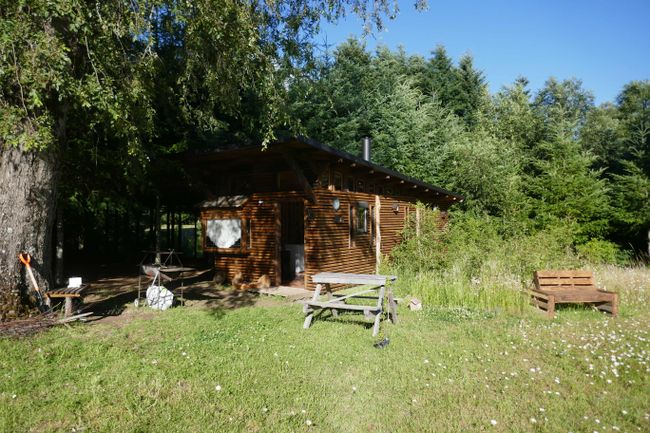
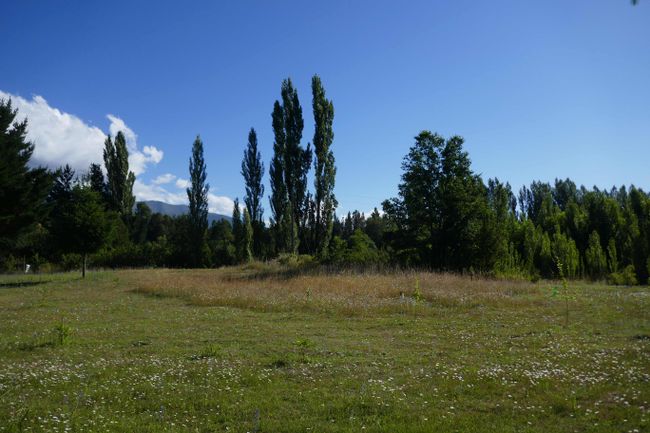
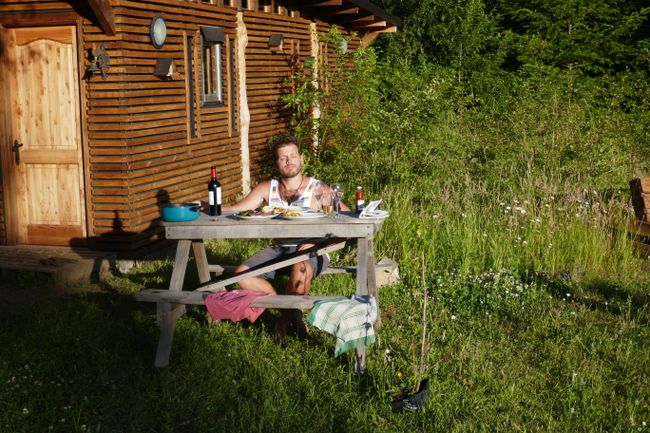
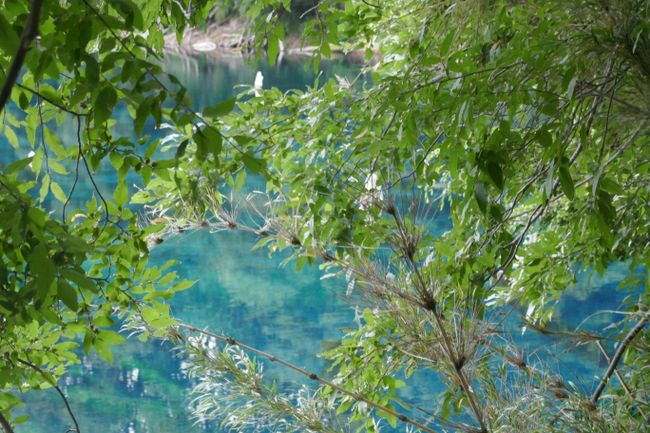
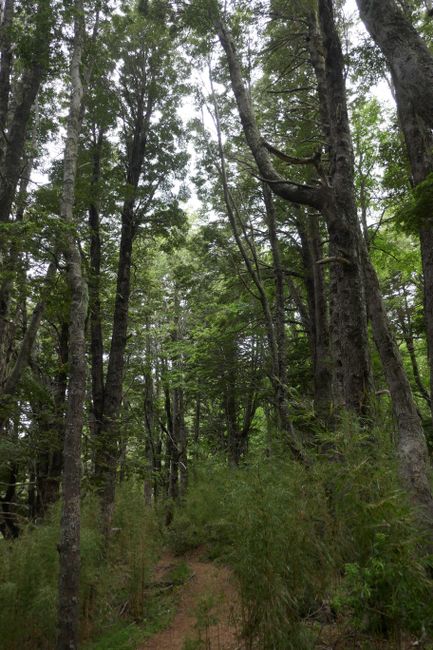
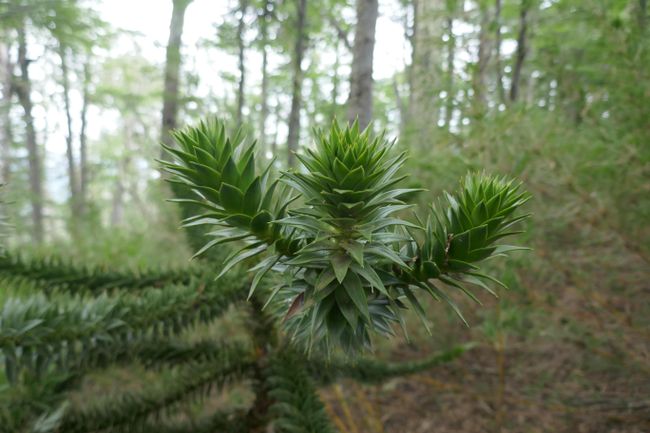
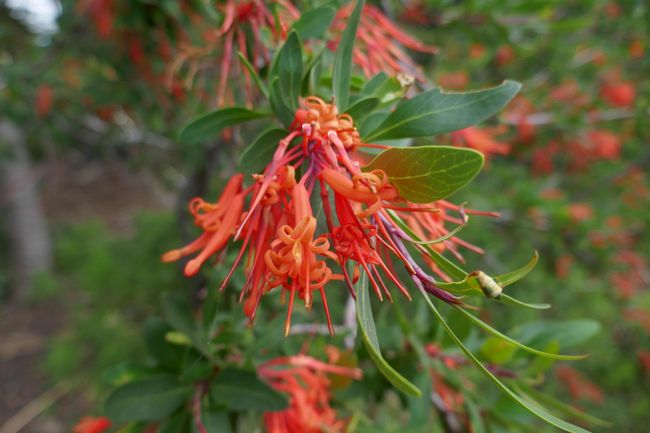
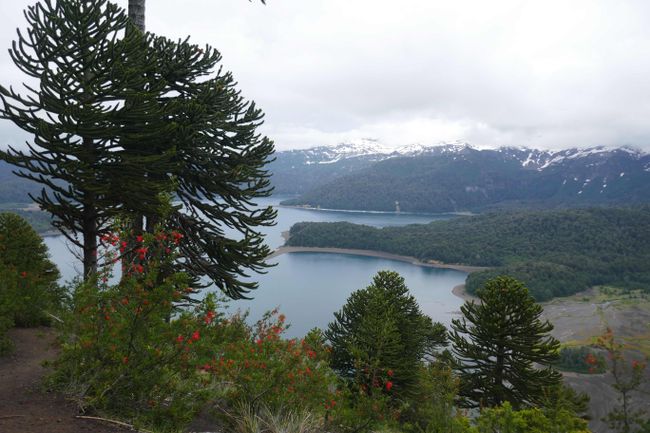
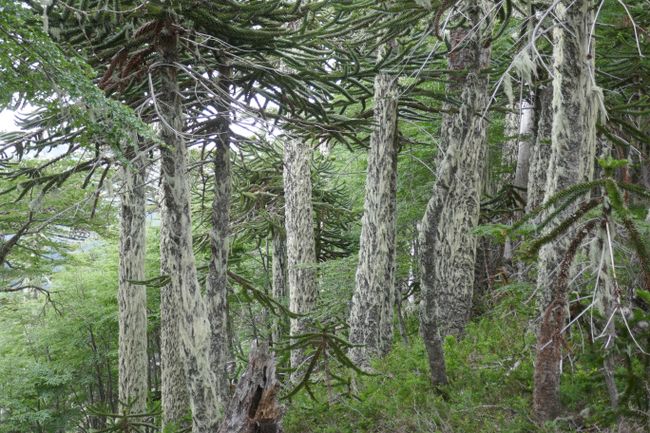
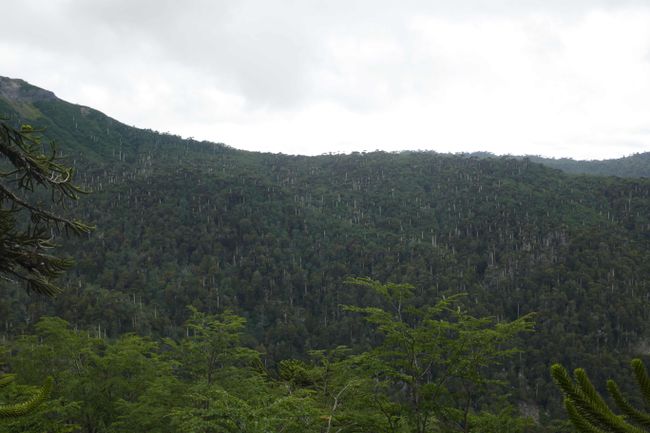
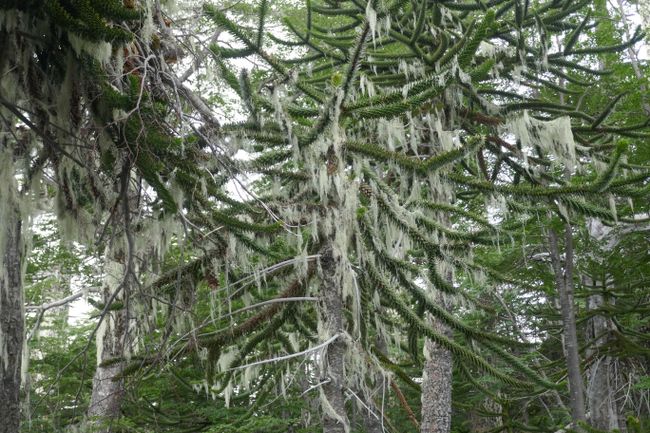
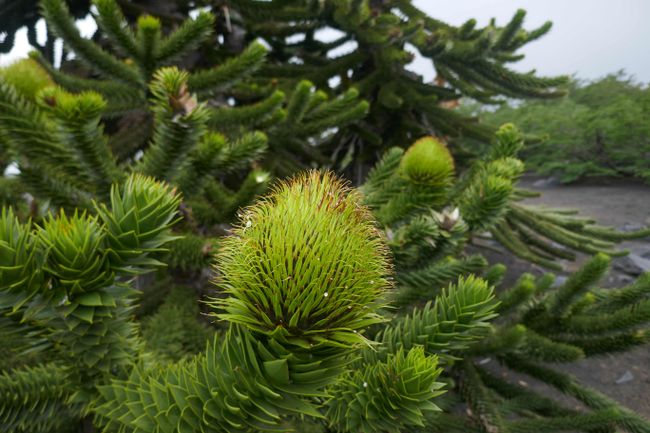
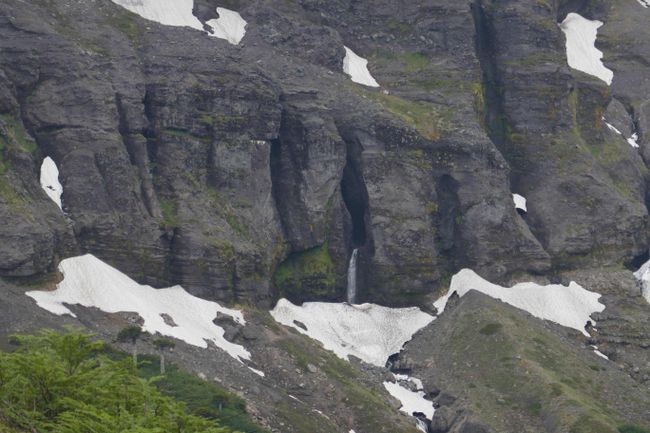
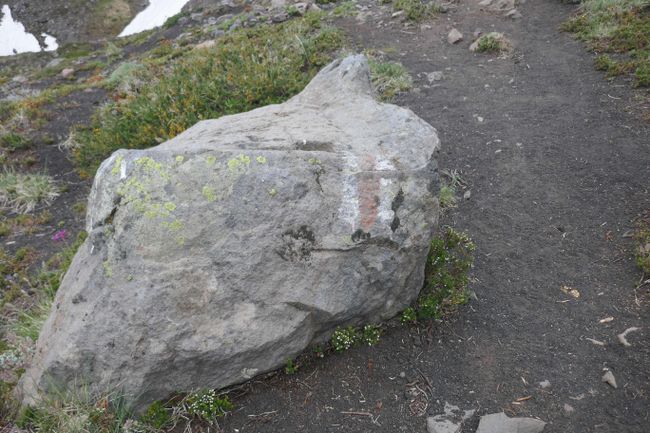
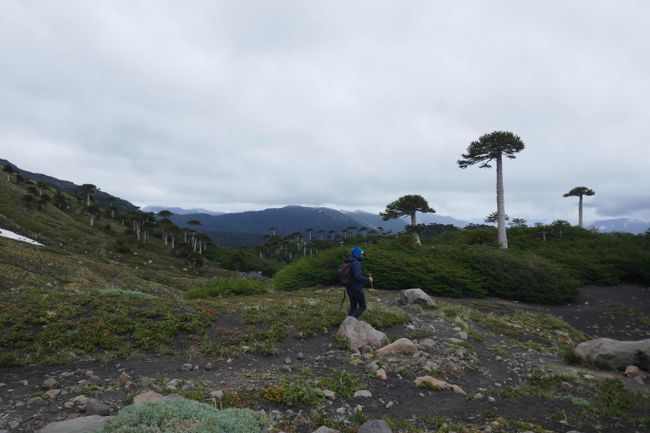
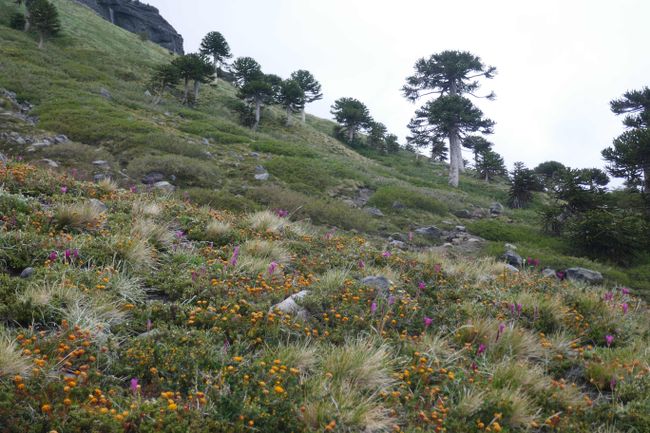
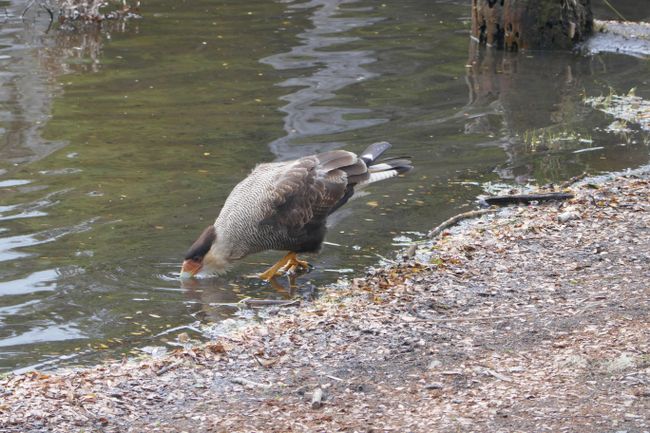
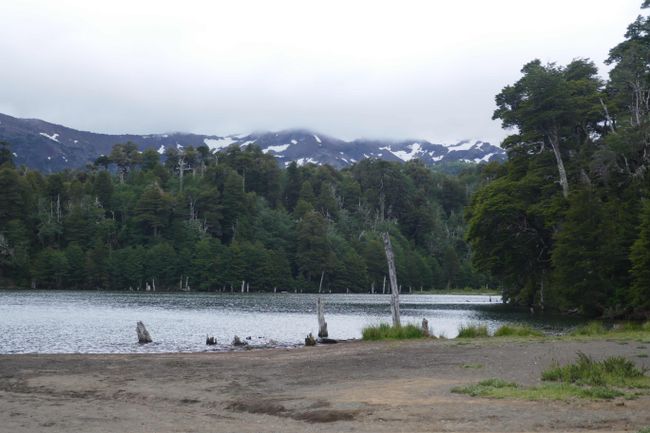
बातमीपत्राचे सदस्य व्हा
We spent almost a week in a mountainous area called Araucanía, as Simon mentioned before. From Victoria to Curacautín, we went further and further into the mountains towards Argentina. Just a few kilometers after Ruta 5, the vital north-south transversal road through Chile, you feel like you're transported back at least 20 years and the surroundings remind you a little bit of Bolivia and Peru: Simple houses, many private shops with all sorts of things, a few food windows, people sitting on benches, ice cream stands, ... and you can no longer see any industrial agriculture. From Curacautín onwards, we only saw towering, ancient forests, knee-high blooming meadows, fences for pastures, sometimes with goats or sheep, a few riders and farms, in short: landscapes straight out of a picture book, including perfect weather. We also noticed how friendly the people are. After Curacautín, they even greeted us from passing cars.
The region south of the Biobio River could not be conquered by the Spanish for a very, very long time, until the 19th century. The locals, different tribes grouped under Mapuche, defended their (originally even larger, now at least the core) territory persistently and as the only ones successfully for a long time. Even today, Mapuche people mainly live in the hills and plateaus of Araucanía, practicing agriculture and animal husbandry. They are not doing very well compared to the rest of the Chilean population. They are not specifically protected or supported as Indigenous people by the constitution, as is often the case in other countries.
You can immediately recognize the Mapuche visually. They have dark skin, flatter faces, and pitch-black hair. - In contrast to the 'other' Chileans, who actually look like Europeans. (We don't stand out as foreigners at first glance among them.) I find it astounding that the two societies continue to live parallel to each other and hardly mix - at least here in rural Araucanía.
At Lake Icalma, it was so beautifully fairy-tale-like that we decided to stay there overnight. Along the way, there were always "Cabaña"s, and so we found a charming little cottage in the middle of a blooming meadow, with trees and benches - a dream. The landlord, a Mapuche named David, was difficult to understand, as Spanish is also a second language for him. Nevertheless, he was able to answer a few questions, for example, that he, like many in the area, makes a living from sheep farming and that barter trade worked until 50 years ago. And that among the Mapuche, land is still partially considered common property and many things work through the respective communities.
In recent years, Lake Icalma has also attracted Chileans from Santiago and other urban areas who are looking for the calm, simple, and original Chile here to recover from city life. At least that's the impression it made on us. I can understand that very well because that's exactly what it is: calm, simple, original, and therefore beautiful.
In Melipeuche, the village right next to Conguillo National Park, we made the next stop, and there we found a "Cabaña" that almost tops everything so far: a unique gem. Unlike the previous place, it was also very clean here, which greatly enhances my well-being :-). We stayed for three nights. Simon immediately made himself comfortable at the grill, and we grilled to our heart's content. We spent the days in nature all around, in the village, and hiking.
On the third day, it was cloudy. We had not expected that at all, given the beautiful weather, we had the expectation that it would always stay like that. But that was not the case at all, as we would see, we had to wait at least four days for the next beautiful sunshine.
बातमीपत्राचे सदस्य व्हा
उत्तर द्या
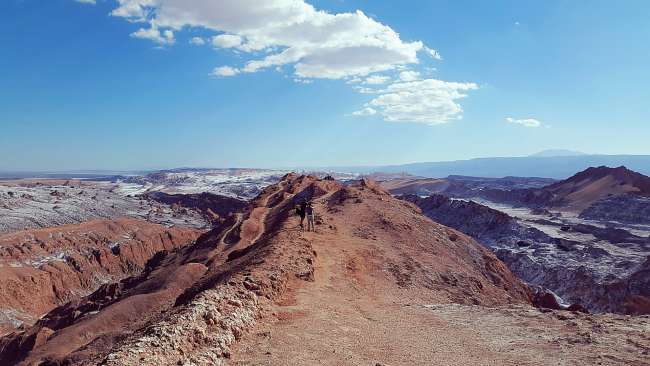
प्रवास अहवाल चिली
